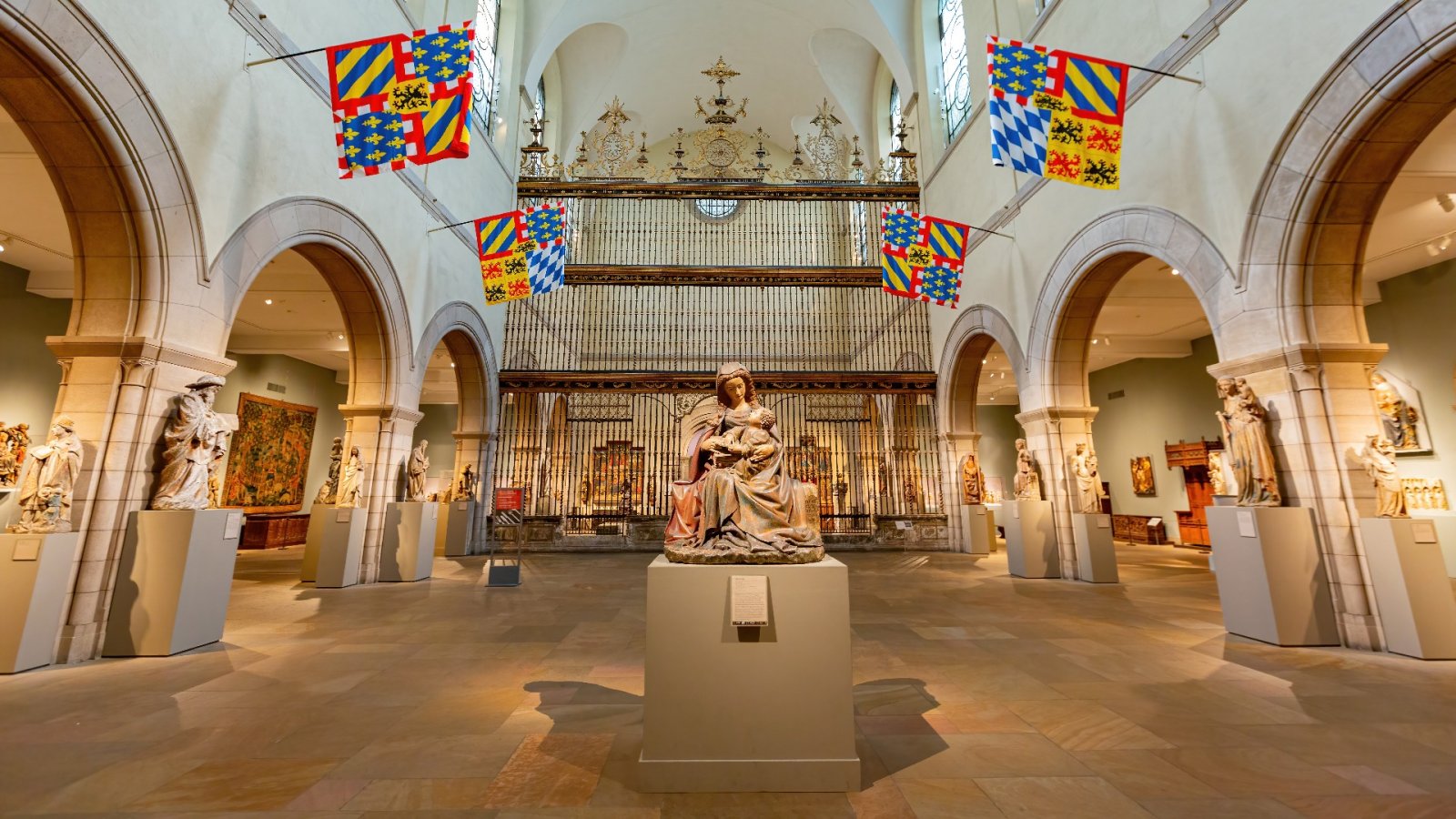The Metropolitan Museum of Art is home to a vast collection of over 1.5 million objects, which can take days, or even weeks, to fully explore. However, most visitors have a limited amount of time to spend, and navigating the museum can be overwhelming.
But we’ve got some news for you. To help make the most of your visit, we've compiled a list of must-see works on view, including both popular and lesser-known pieces. Keep in mind that you can pick and choose your own highlights depending on the time you have available! To save time, use the Met's online map or consider entering the museum from 81st Street instead of the main entrance on 82nd and Fifth Avenue, which can be less crowded.
So, before we begin, it is important to acknowledge the complex provenance of many of the Met's artworks and the ongoing repatriations.
Queen Mother pendant mask (Iyoba), 16th century
The gallery housing artworks from sub-Saharan Africa, Oceania, and the Americas, previously housed in the museum's Rockefeller Wing is currently undergoing major renovations and is set to reopen in 2025. But one of the featured pieces in this gallery is a stunningly intricate ivory mask, which was made in the early 16th century for Oba Esigie, the king of Benin.
It is believed to depict his mother, Idia, and may have been worn by the king during ceremonies. A nearly identical mask is located at the British Museum. Both masks were among hundreds of artifacts that were violently looted during the British siege of Benin City in 1897. The Met acknowledges this provenance in its catalog. The seized works are known as "Benin bronzes" and have inspired an international repatriation campaign.
In 2020, the Met returned three Benin bronzes to Nigerian officials. These artworks, along with other repatriated artifacts, will be displayed at the Edo Museum of West African Art when it opens in 2025.
Sphinx of Hatshepsut, ca. 1479–1458 BCE
Our next stop is the Sphinx of Hatshepsut, dating back to 1479-1458 BCE. This granite statue, depicting a female pharaoh, Hatshepsut, is one of many artistic renderings of the pharaoh in the Met's collection. Hatshepsut led Egypt in a highly successful 20-year reign and this statue, originally carved into the side of her mortuary temple outside Thebes, is a testament to her powerful reign.
Hermon Atkins MacNeil, The Sun Vow, 1899
Next, you can visit Hermon Atkins MacNeil's The Sun Vow, a bronze sculpture from 1899 (cast 1919). The sculpture depicts an unidentified Native American elder peering over the shoulder of a youth, also anonymous, as he launches an arrow toward the sun. However, the tradition depicted in the sculpture does not actually exist and the artist either completely invented the scenario or absorbed it from wrongheaded depictions of Indigenous people.
It is unclear whether Hermon Atkins MacNeil completely made up the scenario depicted in "The Sun Vow" or if he drew inspiration from inaccurate and stereotypical representations of Indigenous people that he and others saw at the 1893 Columbian World Exposition in Chicago. The work is more heavily influenced by classical sculpture, which MacNeil studied while on a scholarship in Rome, rather than any authentic Indigenous culture.
The figures' poses and the inclusion of a fig leaf covering the boy's genitals, which is not present in an earlier version of the work owned by the Art Institute of Chicago, further indicate the artist's inspiration.
Kerry James Marshall, Untitled (Studio), 2014
In Kerry James Marshall's painting Untitled (Studio), the artist references and alludes to a variety of artistic traditions and influences. The cutaway skull on the table is a modern take on the Dutch memento mori tradition, while the pink cake on the platter is reminiscent of Cezanne's skewed perspectives. The male nude behind the easel is depicted in the classical contrapposto pose, with his weight on one leg. The painting was inspired by Marshall's school trip to Charles White's studio in Los Angeles, and it captures the emotions of that memory.
Through this work, Marshall pays tribute to his art's historical influences and to painters like Charles White who depicted Black life with intention, skill, and grace.






